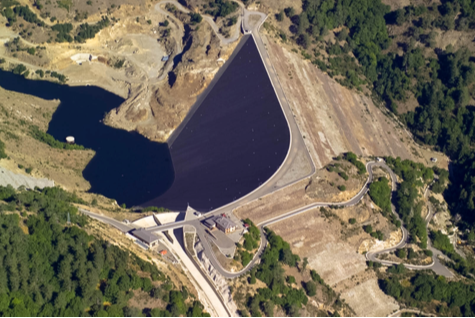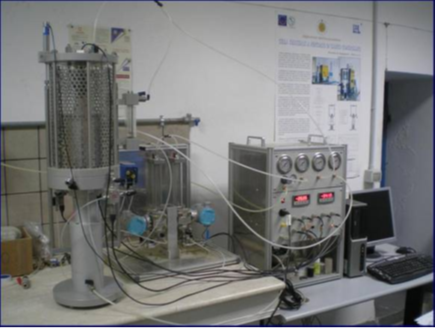
Geotechnical Engineering
Researchers: Giacomo Russo
Main research topics:
Soil improvement
- Experimental analysis on physical and mechanical improvement induced by addition of binders (lime, cement) to natural compacted unsaturated soils
- Chemo-physical evolution and micrstructural modifications induced by addition of binders (lime, cement)
- Soil treatment by use of innovative binders (e.g. alkaline-activated binders)
- Microstructural features, physical properties and hydro-mechanical behaviour of lightweight cemented soils
- Durability of treated soils under different environmental loads (e.g. wetting and drying cycles)
Behavior of large geotechnical works from monitoring data
Behaviour of large geotechnical works (earth retaining structures, excavations, foundations, dams, tunnels) from monitoring data, with reference to construction phase, operating conditions, behaviour in seismic conditions.
Case studies:
- behaviour of shallow tunnels during construction
- behaviour of excavations in urban areas during construction
- behaviour of an earth dam during construction
- behaviour of a rockfill dam with impervious bituminous layer during the first impoundment (static stress-strain behaviour, flow analysis, seismic behaviour)
- Subsidence of large areas by numerical modelling
Statistical methods in Geotechnical Engineering
- Spatial variability of geotechnical properties by geostatistical methods
- Statistical control of earthworks construction
- Reliability of the subsoil geotechnical model


